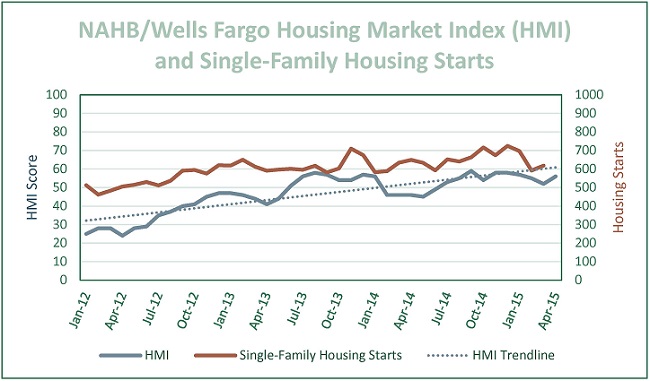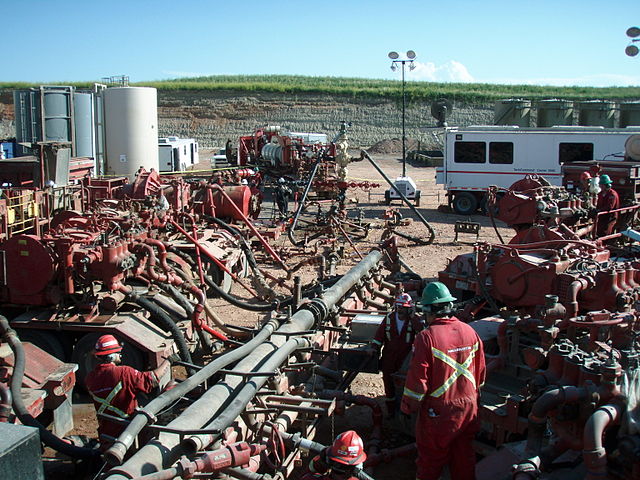While the housing recovery has not been as robust as one might hope, we are seeing key indicators of the housing market continue to move in the right direction. After a strong finish to 2014, the housing market has continued a positive run, despite a few bumps in the first quarter.
Data from the U.S. Department of Commerce indicate that privately owned housing starts rose 2% in March to an annual rate of 926,000 starts. It’s not a big jump, but it lends credence to the idea that the housing market is continuing to recover. Single-family housing starts increased 4.4% month-over-month in March, while multifamily starts dropped 2.5%. Similarly, single-family building permits increased 2.1% in March to an annual rate of 636,000 permits, while multifamily permits fell 15.9%. Much of the decline in multifamily construction has been in the West, where multifamily starts fell to the lowest rate seen since November 2012. Judging from how much multifamily construction we’ve been seeing here in Seattle, the slowdown is probably a wise move.
In other housing news, according to the National Association of Home Builders (NAHB), U.S. builders’ sentiment has recovered from a hiccup in March. The April NAHB/Wells Fargo Housing Market Index (HMI) rose 4 points to finish at 56. March’s score of 52, while still positive, was 3 points below the previous month and the lowest score since June 2014; however, it seems to have been just a brief dip in the generally increasing trend.
Other indicators, including the current sales index, the expected sales component, and the traffic component, all increased in March. Added up, it looks as if those in the home construction field think the housing market will keep improving. However, constrained supply and rising costs for lots and labor, along with increasing prices for supplies, is throttling the forward momentum.
Interestingly, many builders claim that there is a disconnect between new home prices and buyer expectations. While housing construction costs continue to rise, buyers still see the market as on their side, and their offers for new homes are frequently below what it cost to build the house.
Of course, according to the National Association of Realtors (NAR), existing home prices are on the rise too. The median price for existing homes of all housing types in March was $212,100, which is 7.8% percent above the March 2014 median price. This was the 37th consecutive month of year-over-year housing price gains, and the largest gain since February 2014.
Total existing home sales increased 6.1% month-over-month to a seasonally adjusted annual rate of 5.19 million sales in March, the highest annual sales rate since September 2013. This is the largest monthly increase since December 2010. Existing home sales have increased year-over-year for 6 consecutive months and are now 10.4% above last March.
How do you think the market will fare in the second quarter of 2015? Leave us a comment below.






Recent Comments